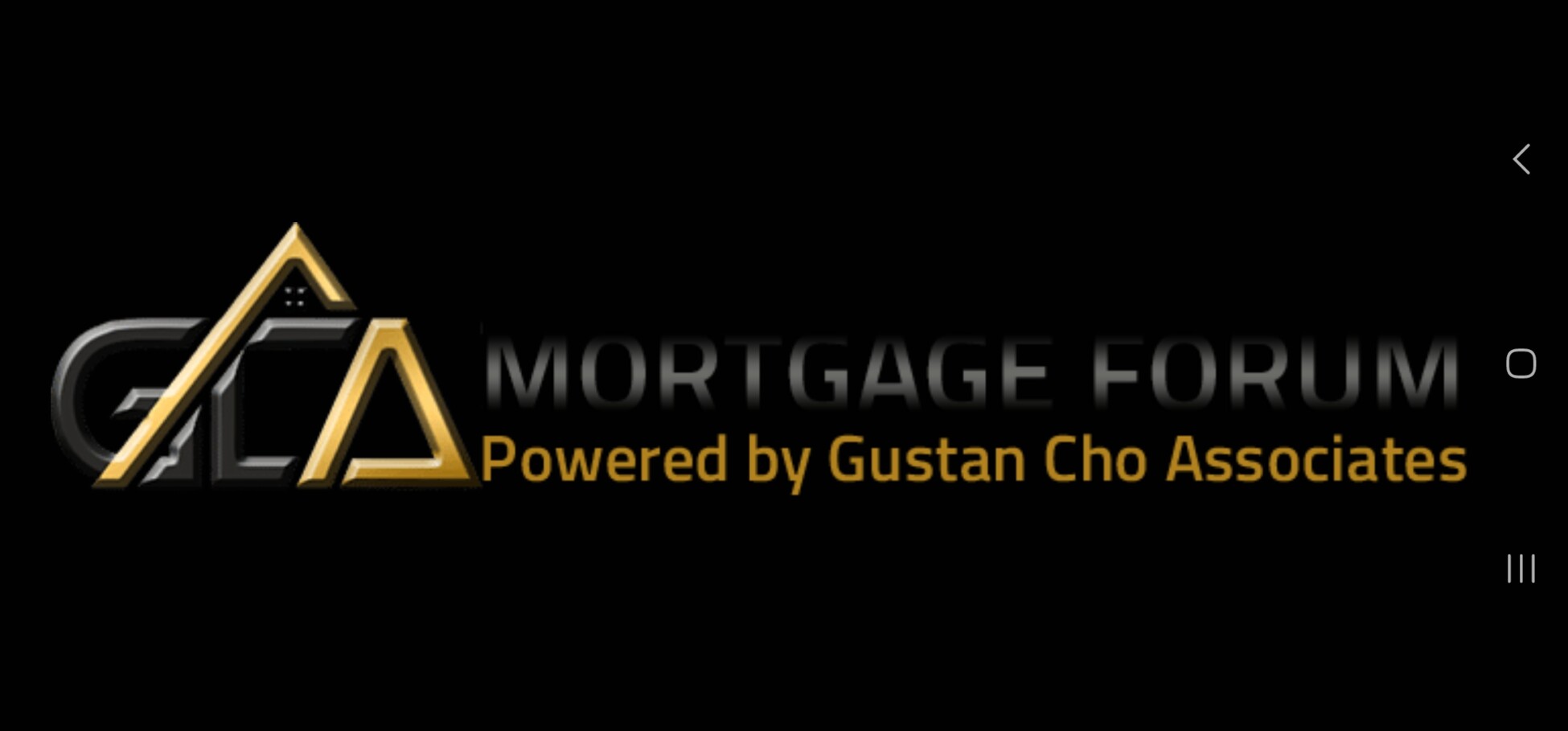
George
LawyerForum Replies Created
-
The purpose of this post is to analyze down payment assistance programs. It should be noted that these programs can vary widely between lenders and states. For the most current official information on DPA programs from EPM, visit Gustan Cho Associates. Here’s a general idea:
Forgivable DPA Programs—FHA loan programs that are seller-paid and require no down payment from the home buyer. Seller concessions can cover closing costs—borrower-paid transaction at a par rate of 7.75% for the homebuyer.
In this context, “forgivable” means that certain conditions (usually living in the house for some time) must be met. You don’t have to pay back any money received as assistance. Each program has its own rules.
Typical Structure of the DPA Program:
Down payment assistance programs may provide funds through second mortgages or grants for down payments; some may forgive over time, while others must be repaid upon the sale or refinance of the home.
Eligibility for DPA Programs:
- First-time homebuyer status.
- Income limits.
- Credit score requirements.
- Property Location.
- Occupancy requirements (usually must be owner-occupied).
- Completion of homebuyer education courses.
Seven General DPA Scenarios:
Here are some examples of different types of DPAs besides the Equity Prime Mortgage DPA Program:
- Full forgiveness after six months of occupying the property.
- Gradual forgiveness on general other DPA mortgage programs (e.g., 20% forgiven each year over five years).
- Repayment is required if sold within a certain period.
- Interest-free loan repaid at sale or refinance.
- Low-interest loan with monthly payments.
- Matched savings program (e.g., $3 match for every $1 saved).
- Grant program with no repayment required.
Please note: These scenarios are general and may not reflect EPM’s offerings. To receive accurate and current information about Equity Mortgage’s down payment assistance program, including eligibility requirements and terms, please get in touch with Gustan Cho Associates directly at support@gcaforums.com or visit their official website.
Also, keep in mind that DPAs change over time. Funding availability and locations can affect terms. Always check with the lender or program administrator for the most recent details before making any decisions.
-
This reply was modified 8 months, 3 weeks ago by
 George.
George.
-
Besides government-backed loans and conventional loans, there are non-QM loans. Non-QM loans are alternative mortgage loans that non-traditional income is allowed. There are dozens types of non-QM loans. For flexible or lenient mortgage financing, consider these options:
- Non-QM (Non-Qualified Mortgage) Lenders: They offer flexible underwriting for those with unique income situations, like self-employed borrowers.
- Credit Unions: Often more flexible with terms and credit requirements.
- Private Lenders/Hard Money Lenders: Provide financing based on the property’s value rather than your credit score.
- FHA Loans: Government-backed loans with lenient credit requirements.
Consulting with a mortgage broker can help you find the best fit for your situation. The following are the types of non-QM loan programs in today’s market. In today’s marketplace, various Non-QM loan programs cater to residential, business, and commercial needs. Here are the key types:
Residential Non-QM Loans:
- P and L Statement Only Loans
- No-Doc Loans
- 1099-Income Only Mortgage Loans
- Bank Statement Loans: For self-employed borrowers using bank deposits as income.
- Asset-Based Loans: Qualify based on liquid assets.
- Interest-Only Loans: Lower monthly payments with interest-only periods.
- Jumbo Loans: For high-value properties without strict QM limits.
- DSCR Loans: Debt Service Coverage Ratio loans for investment properties.
Business/Commercial Non-QM Loans:
- 100% Unsecured Business Funding Loans
- Stated Income Loans: Less documentation, focusing on property value and borrower experience.
- Bridge Loans: Short-term financing for property acquisition or renovation.
- Hard Money Loans: High-interest loans based on collateral rather than credit.
- Fix-and-Flip Loans: Short-term loans for property renovation and resale.
- Commercial Real Estate Loans: For properties like office buildings, retail spaces, or multifamily units with flexible terms.
These Non-QM programs provide flexible options for borrowers who don’t meet traditional lending criteria.
-
Homebuyers who buy a house under a land contract, or seller financing, have a limited time to get qualified and approved for a traditional mortgage loan. During the time they hold seller financing, the homeowner should prepare to get approved for a traditiional loan. Traditional loans are FHA, VA, USDA, Conventional, or non-QM loans. The people who purchase the home under land contract should work with an experience loan officer to get qualified for a traditional mortgage loan. When refinancing a home on a land contract, you’ll need to convert the land contract into a traditional mortgage. Key steps include:
- Title Search: Ensure the title is clear.
- Appraisal: Determine the current market value of the property.
- Proof of Payment History: Show consistent payments made under the land contract.
- Financial Documentation: Provide income, assets, and credit documentation as required by the lender.
Consult with a lender experienced in refinancing land contracts to guide you through the process. Normally, steps in getting prepared for a traditional mortgage loan should be not to be late with any payments, get three to five secured credit cards, get two credit rebuilder account, and see if a family member with great credit and low credit card balance can add them as authorized user. It should be no longer than a year to prepare a person eligible for a traditional loan as long as they have qualified verified income.
-
Homebuyers and homeowners can be eligible for a purchase loan or refinance mortgage loans during an active Chapter 13 Bankruptcy repayment plan after one year of filing Chapter 13 Bankruptcy. Borrowers can qualify FHA and VA loans after they have made 12 timely payments on their Chapter 13 Bankruptcy but with Trustee Approval. To get a bankruptcy trustee’s approval for a mortgage during a Chapter 13 Bankruptcy, follow these steps:
- Consult with Your Attorney: Discuss your mortgage plan with your bankruptcy attorney.
- Prepare a Motion: Your attorney will draft a motion to request court approval for incurring new debt.
- Provide Justification: Explain why the mortgage is necessary and how you’ll afford it.
- Submit to Trustee: The motion is submitted to the bankruptcy trustee for review.
- Court Approval: If the trustee agrees, the court will issue a written approval.
This process ensures the mortgage aligns with your repayment plan. Homeowners with equity in their homes can do a cash-out refinance during Chapter 13 Bankruptcy repayment and buy out their Chapter 13 Bankruptcy early. Again, you need Trustee Approval.
-
A credit supplement is used by mortgage lenders during the mortgage loan process to verify or update specific information on a borrower’s credit report. Credit supplements is used to update and verify information such as account balances, payment history, or dispute resolutions. Mortgage lenders may require a credit supplement if there are discrepancies, recent changes, or incomplete information that needs to be clarified before proceeding with the loan. The goal is to ensure the most accurate and current credit data is used for underwriting, which is critical for final loan approval and interest rate determination.
-
Corrupt police are a problem because they destroy trust in the justice system. To deal with this, there needs to be tighter recruitment, better training, and more accountability. What you have said makes me think that we should reform how we hire cops by looking at their education levels and whether they have enough integrity for such an important position. These allegations against Oklahoma City Police Chief Carl Stout must be taken seriously to protect people’s rights and serve justice.
If anything else worries you, it would be best if you reported it to the relevant authorities or oversight committees.
-
According to HUD guidelines and most local building codes, a deck that is more than 30 inches above grade typically requires a railing for safety. The railing height usually needs to be at least 36 inches high. However, these guidelines can vary based on local building codes, so it’s important to check with your local jurisdiction to ensure compliance with specific FHA requirements and local regulations.
-
To qualify for a 3.5% down payment FHA loan, you need a 580 credit score. To qualify for an FHA loan with credit scores between 500 to 579 FICO, you need 10% down payment. As long as you have been timely on all of your payments in the past 12 months and meet the minimum debt-to-income ratio of 46.9% front-end and 56.9% back-end, you can qualify for an FHA loan and get an approve/eligible per automated underwriting system.
-
If you lose your job right after buying a home, it’s important to act quickly. Here are some steps to consider:
- Contact Your Lender: Your lender will transfer you to the workout department. The workout department will work with you and give you a loan forbearance or loan modification until you find new work.
- Inform them of your situation; they may offer forbearance or other options.
- Review Your Finances: Determine how long you can cover mortgage payments with savings.
- Unemployment Benefits: Apply for benefits to help with income.
- Seek New Employment: Start job hunting immediately.
- Staying proactive and communicating with your lender is key to managing the situation.
-
This reply was modified 8 months, 3 weeks ago by
 Sapna Sharma.
Sapna Sharma.
